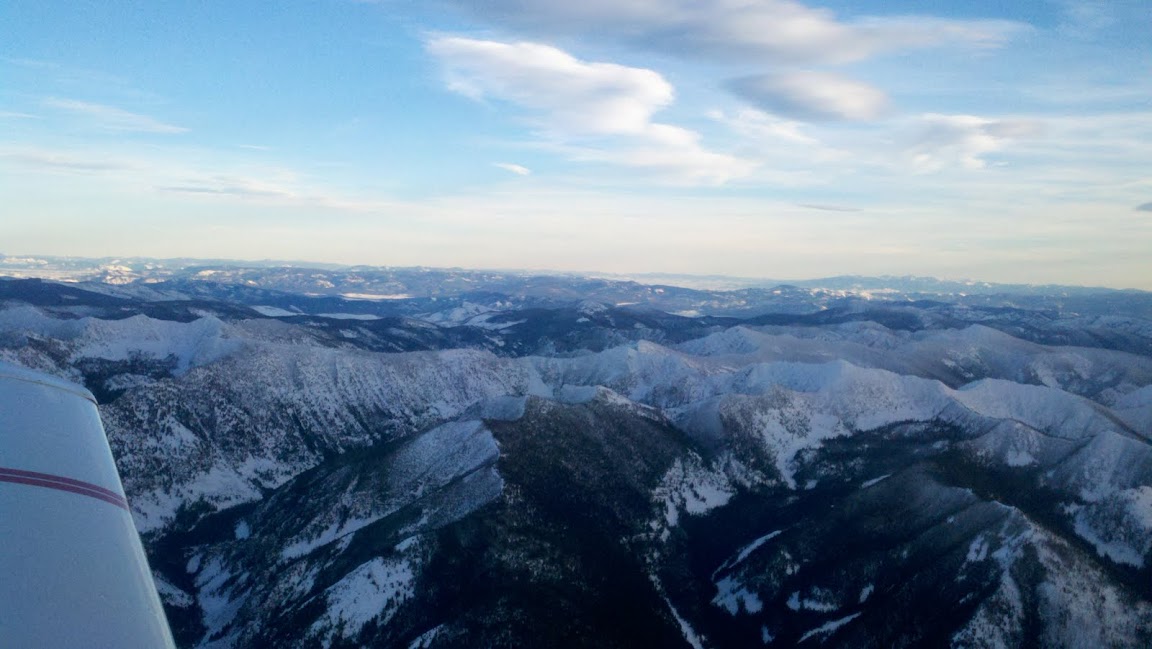skidoo
Line Up and Wait
As and IR student, I have been curious about how other pilots make judgments. The first two scenerios show a significant split in decisions, and I hope those threads continue to accumulate some poll statistics.
I find it very interesting that some worry about engine failure all the time, and I understand some pilots will fly in IMC entirely en-route. So, I would like to try one last related scenario.
In this scenario, you are planning a trip from KGPI to KHLN. All reporting stations (which are relatively few along any route) are reporting
10 miles visibility
2000 ft ceilings
Cloud tops are known to be above 20000 ft.
No thunderstorms, no rain, and winds are calm.
Freezing levels in the area are above 16000 ft.
You have a turbo and a service ceiling of 20000 ft.
Recognizing that as terrain varies, there can be many areas where it touches and effectively becomes fog, and you will likely be out of gliding distance from airports for some of the time, what would be your
Go-NoGo decision?
I find it very interesting that some worry about engine failure all the time, and I understand some pilots will fly in IMC entirely en-route. So, I would like to try one last related scenario.
In this scenario, you are planning a trip from KGPI to KHLN. All reporting stations (which are relatively few along any route) are reporting
10 miles visibility
2000 ft ceilings
Cloud tops are known to be above 20000 ft.
No thunderstorms, no rain, and winds are calm.
Freezing levels in the area are above 16000 ft.
You have a turbo and a service ceiling of 20000 ft.
Recognizing that as terrain varies, there can be many areas where it touches and effectively becomes fog, and you will likely be out of gliding distance from airports for some of the time, what would be your
Go-NoGo decision?

